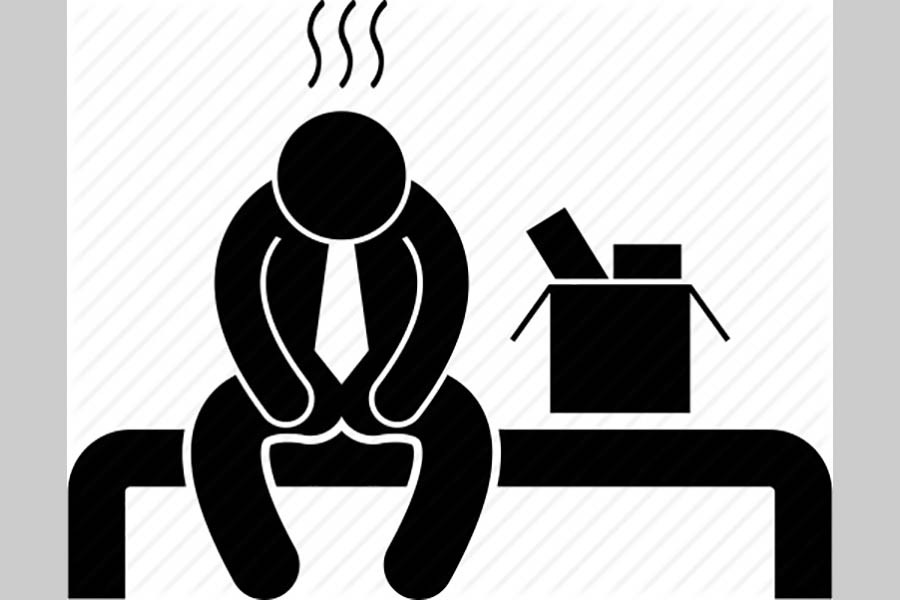The latest Household Income and Expenditure Survey (HIES), conducted by the national statistical organisation, the Bangladesh Bureau of Statistics (BBS), has revealed nothing new --the old trend of widening income inequality is persisting without a pause.
The Gini coefficient, which measures income inequality within a country's population, increased to 0.483 in 2016 from 0.458 in 2010 in Bangladesh. The increase in income inequality was higher in the case of urban areas than that in rural areas. That was an obvious development, for most part of the nation's resources is now concentrated in urban areas.
The unpalatable development has been taking place when the rate of poverty has declined notably during the past two and a half decades. However, the latest HIES that covers the period of last six years shows that the rate of decline in poverty in urban areas slowed down compared to that in rural areas.
While the drop in poverty rate is a welcome development, the widening of income inequality is a cause for grave concern. What is more disconcerting is the greater concentration of income in the hands of a few.
The HIES 2016 has revealed that 38 per cent of the national income now belongs to only 10 per cent of people. This distorted income distribution does demonstrate flaws in the national economic planning that is biased towards a small segment of the population.
There is no denying that per capita income has been on the rise and the process of poverty reduction has gathered pace in recent years. But the per capita income makes an average assessment of income of the entire population, not the true income level of the poor in particular. The real income level of the poor has always been well below the national average.
The reason for widening of the income inequality has been the lack of tools in the hands of poor to generate adequate income. The richer section of the people in society is in possession of more than one tool to generate more income. In fact, the number of tools that would fetch more income keeps on rising in the case of the affluent section of society. That does not happen in the case of the poor people. Their sources of income are very limited and, in majority of cases, they have only one source. So, the poor can hardly save and create an additional tool that can generate additional income for them.
There are other aspects also. The vast majority of the poor in this country are involved in farming and their livelihood is dependent on the farm sector output. It is an established fact that the contribution of agriculture to the national economy has been declining consistently. In such a situation, the scope of raising their income is very limited.
But the cost of living has been on the rise. No matter what the BBS says about the rate of inflation, the poor feel the pinch of hike in prices of most essentials. For instance, the ongoing increase in the prices of main staple, rice, has hit the poor hard. Many poor who had come out of the vicious poverty circle earlier might again be pushed back to their earlier state and others who were about to come out of the circle might have to wait for some more time.
The growth rate of the gross domestic product (GDP) does not represent all the developments -- both palatable and unpalatable ones -- in the economy. The fact remains that the generation of employment opportunities in the formal sector has been not compatible with the GDP growth rates in recent years. Nor there has been increase in the real wage of the labourers. For economies like ours, growth is necessary, far more essential is the creation of adequate employment opportunities. Hopefully, the policymakers and planners would keep this truth in mind while framing future policies and plans.


